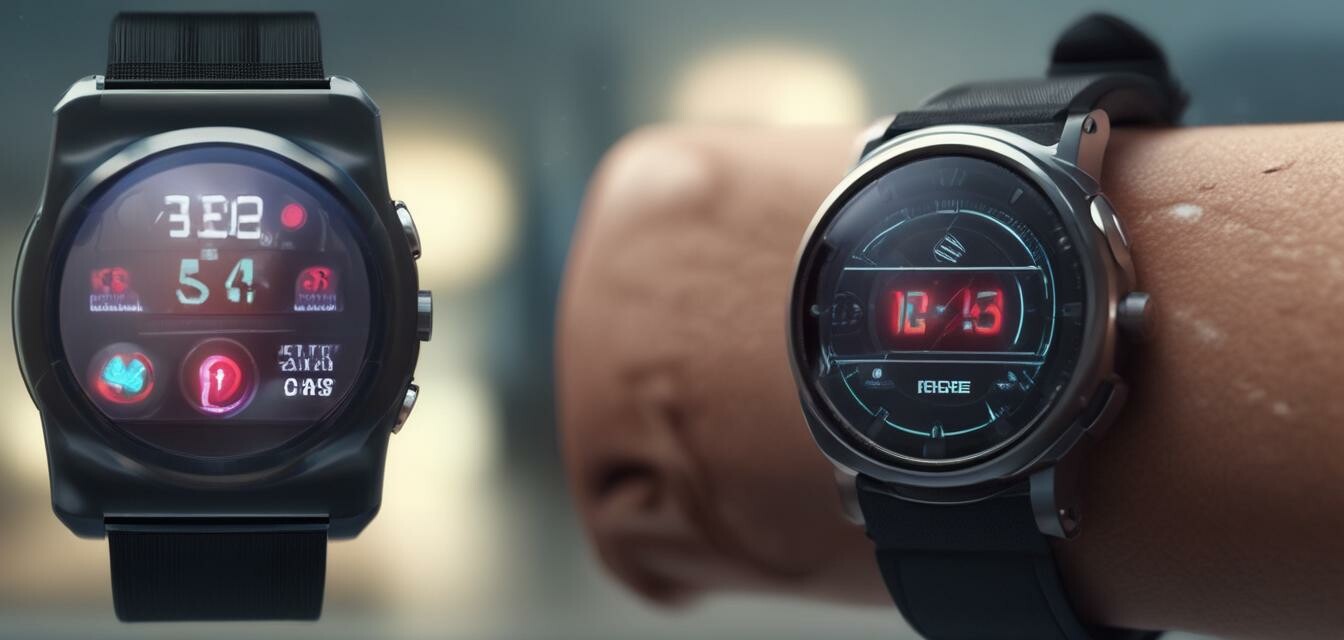
The Future of Health Monitors in Smartwatches
Key Takeaways
- Smartwatches are evolving with enhanced health monitoring capabilities.
- New sensor technologies are set to improve accuracy and user experience.
- AI and machine learning will revolutionize data interpretation.
- Future health monitors may include predictive analytics for user health trends.
- Integration with other health devices will become seamless.
As technology advances, the potential for smartwatches to play a crucial role in health monitoring is expanding rapidly. In this article, we will explore the upcoming advancements and their implications for users. Smartwatches will not only track basic metrics but will also integrate sophisticated health tracking features that promise to revolutionize the sector.
Upcoming advancements in health monitoring technology
With every tech update, smartwatches become more equipped to handle complex health monitoring tasks. Here are some key areas of development:
- Advanced sensor technologies: New sensors are being developed to measure a wider range of health metrics.
- Integration of AI: Machine learning algorithms will analyze health data in real-time.
- Continuous wearability: Devices are becoming more comfortable for all-day, continuous monitoring.
1. Advanced sensor technologies
Technological innovations have led to health monitors that can efficiently track a range of metrics, including:
| Health Metric | Monitoring Technology |
|---|---|
| Heart Rate | Optical and electrical sensors |
| Blood Oxygen Levels | Pulse oximetry |
| ECG/EKG | Electrical conduction sensors |
| Stress Levels | Variability in heart rate measurements |
2. Integration of AI
Artificial Intelligence (AI) is poised to change how we interact with health data. AI can:
- Provide personalized health insights based on collected data.
- Suggest lifestyle changes to improve health outcomes.
- Predict potential health issues before they become serious.
3. Continuous wearability
With advances in material and battery technology, smartwatches are becoming more comfortable for all-day wear. This continuous monitoring provides:
- Better tracking of deviations in health metrics.
- Data analysis over extended periods to identify long-term trends.
Implications for Users
The evolution of health monitors in smartwatches carries various implications for users, including:
- Improved health awareness: Users will have access to rich data on their health, encouraging proactive health management.
- Accessible data analytics: Advanced data analysis will help users understand their health metrics more intuitively.
- Integration with healthcare providers: Future capabilities may allow for shared access between users and their healthcare providers.
Challenges Ahead
Despite the promising advancements, several challenges will need addressing:
- Data privacy concerns as personal health information becomes more accessible.
- Regulatory scrutiny on the accuracy of health monitoring technologies.
- User adoption and education on interpreting health data accurately.
Pros
- Enhanced understanding of health metrics.
- Greater personalization in health monitoring.
- Increased motivation to maintain a healthy lifestyle.
Cons
- Potential inaccuracies in health data.
- Over-reliance on technological insights.
- Privacy issues regarding sensitive data.
Conclusion
The future of health monitors within smartwatches is exciting, with innovations that offer users a more comprehensive understanding of their health. As we look ahead, it’s crucial to stay informed about the latest trends in health monitoring technology, ensuring that users can leverage this technology for improved health outcomes.
For more insights on fitness technology, check out our buying guides or dive into the latest feature comparisons.